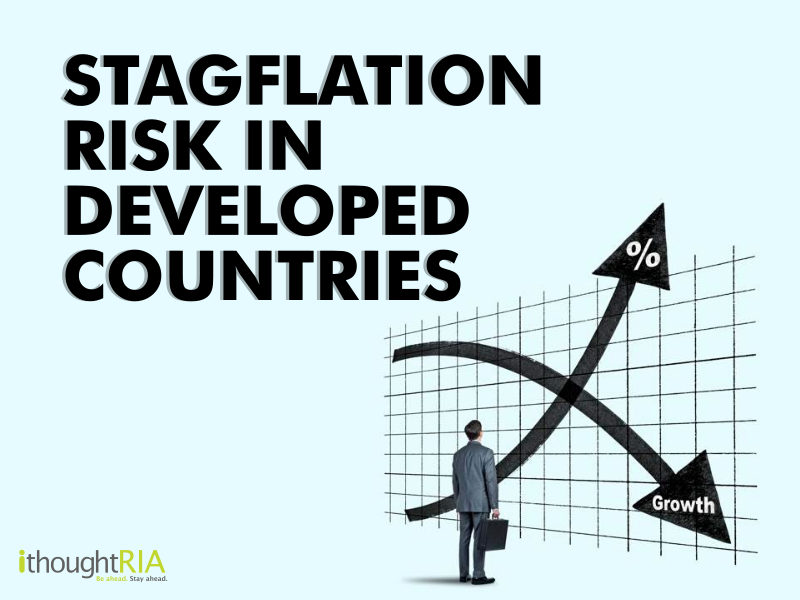
Stagflation refers to an economic condition caused by a combination of slow economic growth, high unemployment, and rising prices. The runaway inflation and falling reserves cause a lot of distress. We have witnessed it from far in the recent past in Zimbabwe and Venezuela. The current economic crisis in Sri Lanka and Turkey is close to stagflation.
The consequences can be devastating – the risks of job losses and lower wages, decreasing consumer confidence and purchasing power. Investors also suffer from stagflation as it lowers profit margins due to higher input prices and lower sales. People are earning less, while spending seems to be on the higher side – everything from food and medicine to housing and consumer products.
The prospect of stagflation is alarming because there are few ways to tackle the issue. Countries, including the US, the UK, and the Eurozone, are already facing the record-breaking inflation rate with disrupted supply chains. A recession and stagflation are bad news, but stagflation is worse because it means we are experiencing a double whammy of high inflation and high unemployment rates.
Global growth is expected to witness headwinds with rising commodity prices, supply chain bottlenecks and faster than the projected withdrawal of monetary accommodation. Various international agencies have projected the slowing of global economic growth. India’s economy is also expected to witness slowing growth, though still higher than the other emerging market economies
When we add the war between Russia and Ukraine into the mix, it has caused fuel prices to soar and has disrupted the flow of fuel from Russia. With OPEC+ deciding to reduce output to keep prices high, the resultant expensive fuel is causing inflation around the world. Central Banks are forced to increase rates to keep inflation in check and compromise economic growth. The employment rates post-COVID are yet to recover back to the pre-COVID levels. The stage is set for low growth, high inflation and high unemployment. How soon can the world recover from this?